Explore Delight-Directed Learning with CrossWired Science
We recently reviewed Sound, and Fluid Dynamics, two courses from CrossWired Science, a new online science program.
Recognizing God’s Design
One of my favorite scriptures says, “. . .all things denote there is a God; yea, even the earth, and all things that are upon the face of it, yea, and its motion, yea, and also all the planets which move in their regular form do witness that there is a Supreme Creator.” (Alma 30:44)
CrossWired Science (CWS) recognizes the truth in this scripture. It aims throughout its material to help children see the amazing majesty of God’s handiwork in the world around us. Science is one of the best subjects for testifying of God. From their website they state, “We are studying true science, the very carefully thought-out handiwork of the Almighty God.”
While their goal is to make studying God’s nature a delight, I felt they struck a good balance in not making it feel overbearingly religious or preachy. There were subtle mentions in lessons about how marvelous or glorious God’s creations are. Most of the religious aspect, however, was found in the devotionals and some of the Dig Deeper sections. There are your traditional devotionals geared toward teens and also Sci-devotionals where science and scripture are more interwoven. I liked this approach because it makes it appeal to a broader group of individuals and families.
What Makes It Unique
CWS is different from your traditional science approach. They aim to show the different cross-over aspects between different facets. For example, in one lesson you may be studying about hummingbirds and dolphins and in the next walrus’s and planes, but both are taking about fluid dynamics. They show the connection between the amazing way animals are designed or skills they use and how we have adapted them to use in our everyday life. Such as how the joint in a dolphins tail is similar to the joint of a door jamb. This interconnection between disciplines allows what they call “deep science” to occur. Noticing the way our world is interconnected triggers a child’s natural curiosity. That curiosity is used to build intrigue and interest that urges them to explore their world more in depth.
The Set-Up
Each unit is set up with a series of videos. There is a worksheet that can be downloaded to correspond to the video. There is also an online quiz. The quizzes are relatively short and easy. After the videos is a series of Gold Dig or Digging Deeper lessons. For the Fluid Dynamics unit, there are Gold Dig lessons that concentrate on bones. It is a very thorough study into bones. They discuss human bones, animal bones, teeth, bone crystals, bone diseases, how bones heal, etc. There is quite a lot of interesting information presented. For the Sound unit there are Digging Deeper lessons that go further into the topic of sound.
Each unit also has a list of experiments, field trips, unit links, reinforcement activities, reading lists, and research that can be included as well. These are done a little differently. It is mostly lists of recommendations or suggestions for things you can do to add additional activities.
Experiments
They also have a different approach to experiments and don’t want you to get hung up on getting experiments done. They give a wide variety of experiments of varying skill levels. From making paper airplanes to dissecting sharks and raising fish to collecting bird songs and making flour models of the ear bones. My daughter found the layout of the experiments a little confusing as they were different from others she has come across.
For this experiment on paper planes and rockets, she didn’t realize that the instructions to make the planes were the links in the yellow box and then she was supposed to create her own experiment based on the questions in the box and so she just skipped it.
Now that she knows, she may go back and do it or she may just pick a different one, but this is the general layout of all of the experiments. Also, the experiments are not assigned to a specific lesson, so ideally you would pick an experiment day and then choose from the list what experiment(s) you wanted to do that day. For families who are perhaps not as fond of experiments they suggests picking just one day a month. They also feel that it is not always necessary to do the experiment oneself. For example, watching a shark dissection on YouTube as opposed to performing it oneself may be just as sufficient for educational purposes.
Reading
For the reading, they have some suggested reading that you can either purchase separately or get from the library. You can choose to follow their readings or allow your child to pick their own based on interest.
Beginner or Advanced Option
There is also a “first timers” and a “second timers” option when choosing curriculum. The theory is that your fist time through the curriculum you would choose the “first timers” and your second time through or for more advanced students, the “second timers.” My daughter did the Fluid Dynamics course on the “first timers.” The material in both is the same, but the questions and worksheets are more in depth for the “second timers.” There is a benefit to going through the same material a second time. When older and more mature you are certain to pick up different details. You could also use this option though to teach multiple students. Everyone watches the same video, but younger students do the worksheets and quizzes from the “first timers” and older students from the “second timers.”
Unit Length
Each unit is designed to take between 4-6 weeks to complete. We used this as a supplemental program. Ellawyn nearly finished the Fluid Dynamics course during this review. Since we were using it as a supplement, we didn’t incorporate any of the reading or field trips and she only attempted the one experiment. If you utilized each aspect, then that is probably an accurate time frame. There is a calendar on the site for how to lay out the course over six weeks. I didn’t have my daughter follow any schedule. I just let her explore as she was interested. She loved watching the videos and found them all quite fascinating. In the General links section, she was a little irritated that she had to copy and paste all the links. This is done as a safety feature. In the parent account, the link can just be clicked, but in the student account they cannot. While I understand the reasoning, I would have preferred this to be a setting that I could change.
A Work in Progress
Lastly, in full disclosure, we did experience some hiccups during our review such as incomplete videos and quizzes and progress not being counted. However, they worked promptly to fix them. They are still working on improving the site and the user experience and are adding and updating content regularly. Even with these glitches, my daughter really enjoyed the curriculum. She is looking forward to beginning the Sound unit because it contains a lot of information on birds and she loves birds. We are also looking forward to the new units they will be adding in the coming months.
CWS is perfectly geared toward delight-directed learning–something I have not seen much in science curriculum. If you would like to give them a try you can use code 5offCWS to get $5 off your subscription.
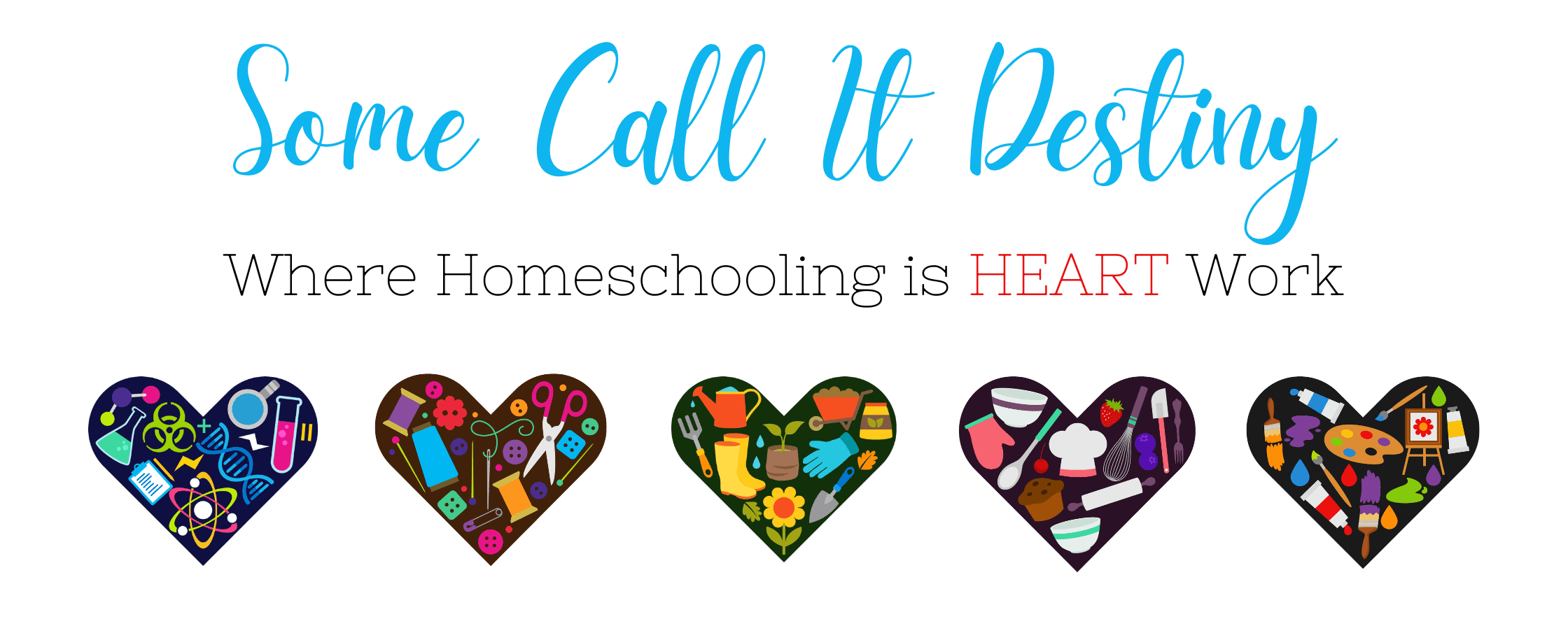

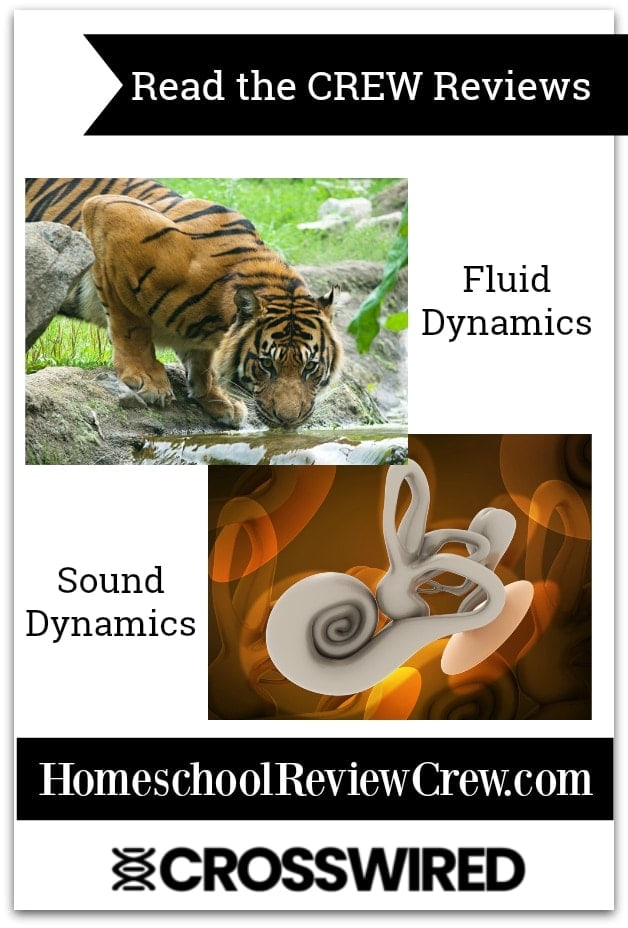

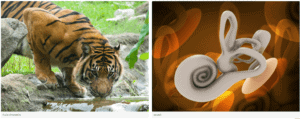
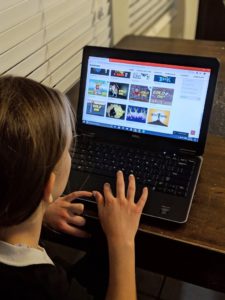
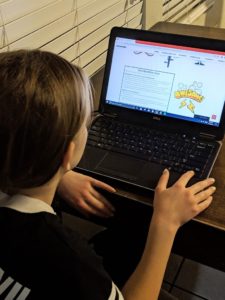
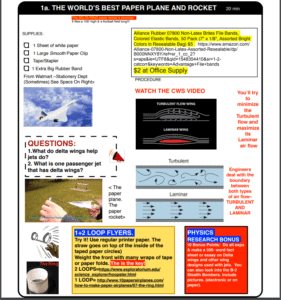
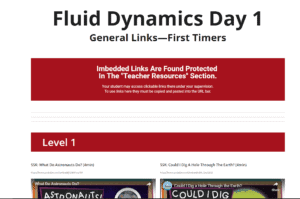


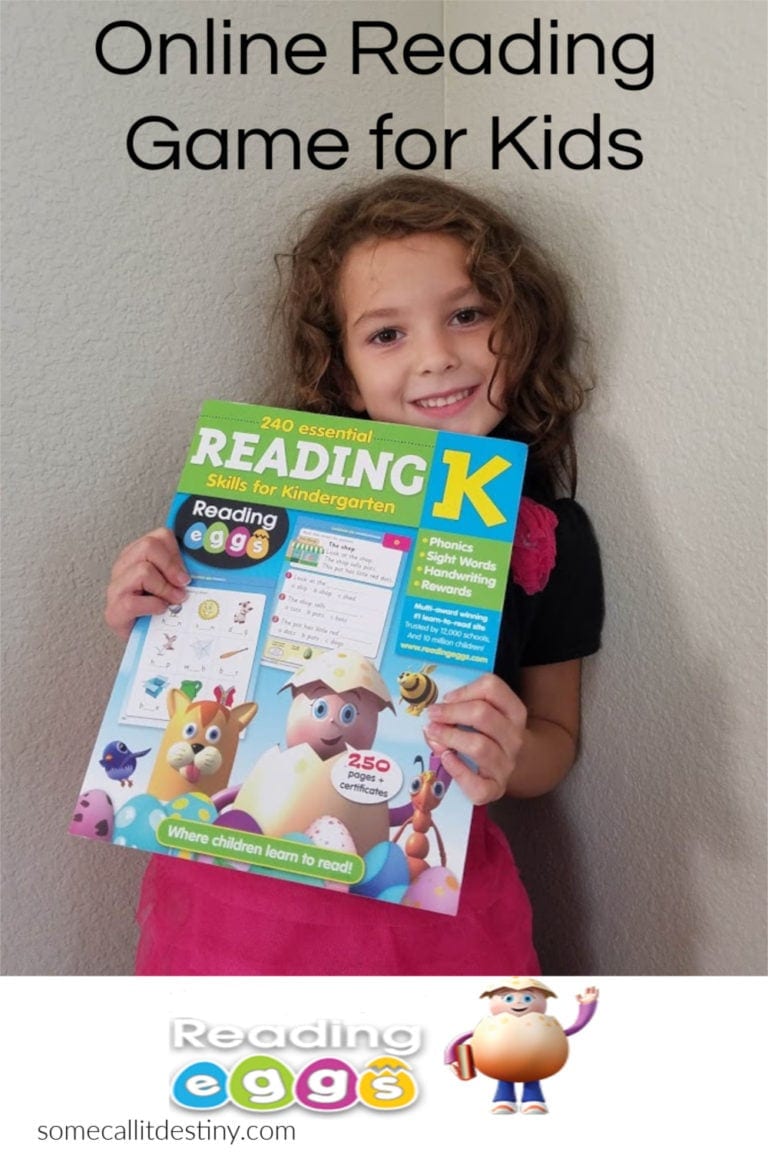


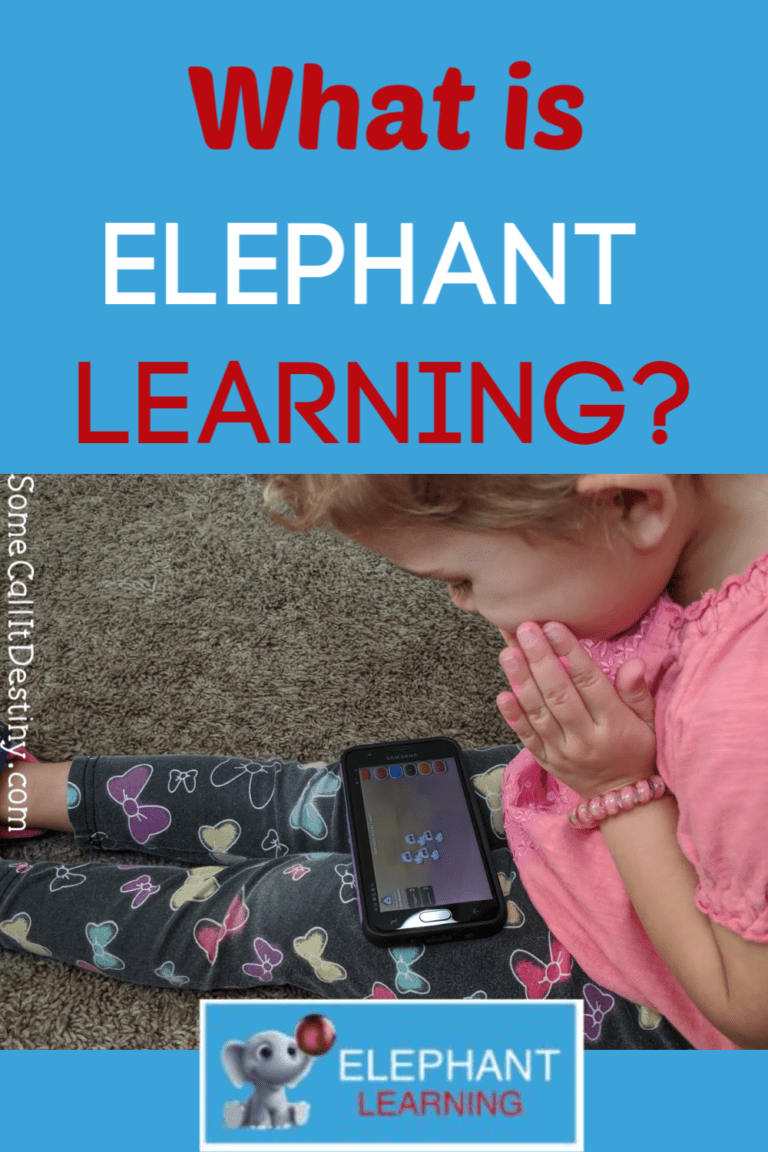
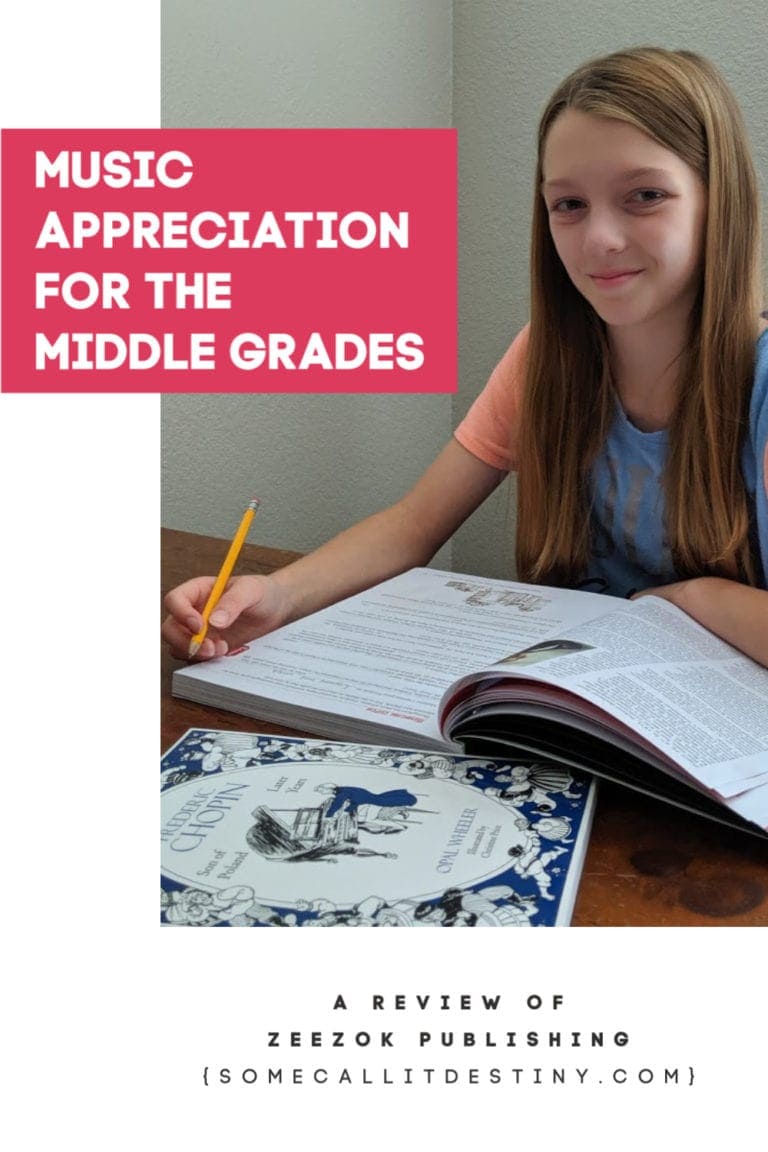
Hey, thanks so much for the review! I am seriously considering going with CWS this next year, because our curriculum does a lot of book work and I feel like my kids are not really retaining anything! I was overwhelmed with their website,
but this review helps a lot as far as simplifying it!